In 2009, I kayaked the 25-mile-long south coast of Menorca, the northernmost of Spain’s Balearic Islands. I had intended to circumnavigate the island but there was a strong northwest wind, called the Tramontana, crashing waves up to 15′ into the north coast and raking across the west and east coasts. I spent three days waiting for the Tramontana to weaken. With my time running out, my hosts, Maria Teresa and Carlos of Menorca en Kayak, turned me loose at Biniancolla, a coastal town on the southeast corner of the island. Trading the circumnavigation for an unhurried cruise in the sheltered south coast was the best thing that could have happened. That coast is entirely composed of eggshell-white marés limestone, a much more malleable stone than the dark gray and red crags that fortify much of the north coast. The shoreline I'd be paddling is riddled with caves carved either by the Mediterranean Sea or by hand as far back as the Bronze Age. The launch ramp in Biniancolla was at the north end of a narrow, well protected cove but the Tramontana sweeping over the low landscape on the east end of the island swirled around the buildings and buffeted the water. When I left the cove and paddled west along the coast, I kept close to shore in a band of still water only a dozen yards wide.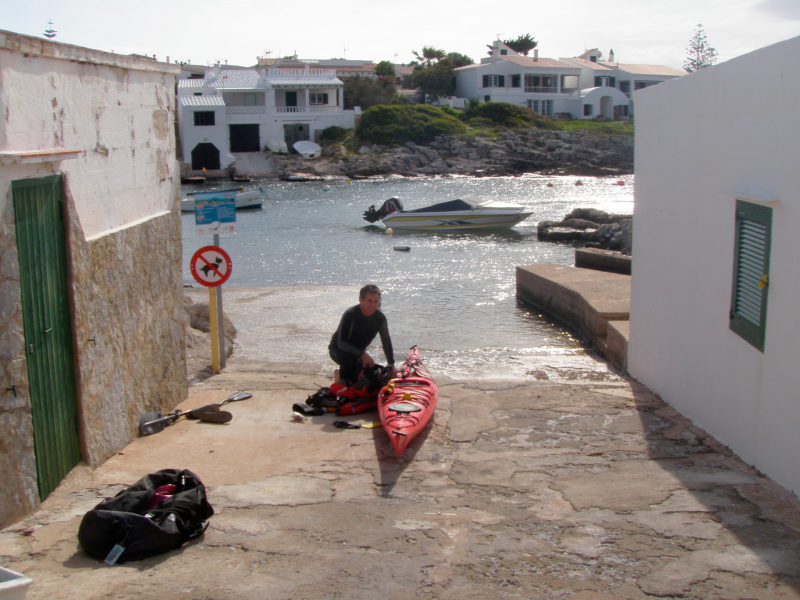
Join The Conversation
We welcome your comments about this article. To include a photo with your remarks, click Choose File below the Comment box.


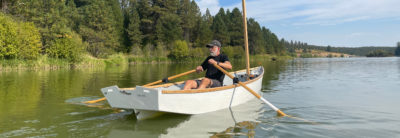




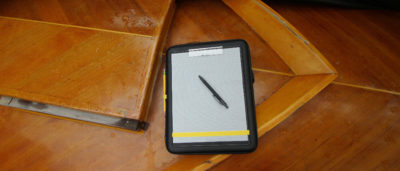
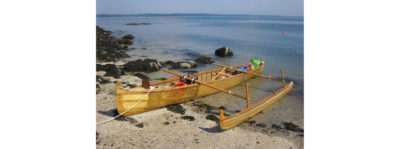
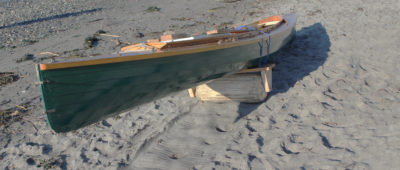
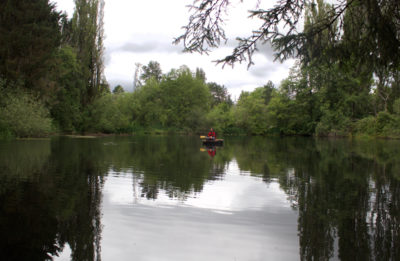
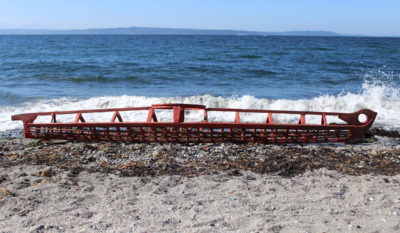

Lucky you to visit that blue-lit cave in Menorca. There is a Blue Grotto in the island of Biševo, In Croatia, but to enter you must pay the locals to take you in. Anyway, the visit is worth the price.
Once again, your photos with vivid descriptions bring the whole trip to life. Sounds, smells, and textures abound-
Love your stories, Christopher!
Wonderful narrative. Thank you.